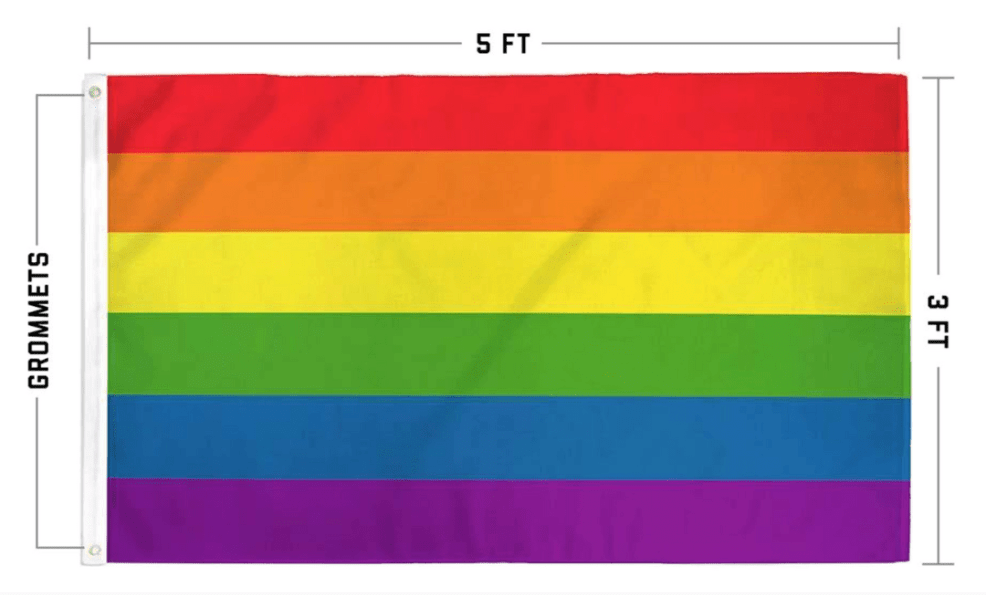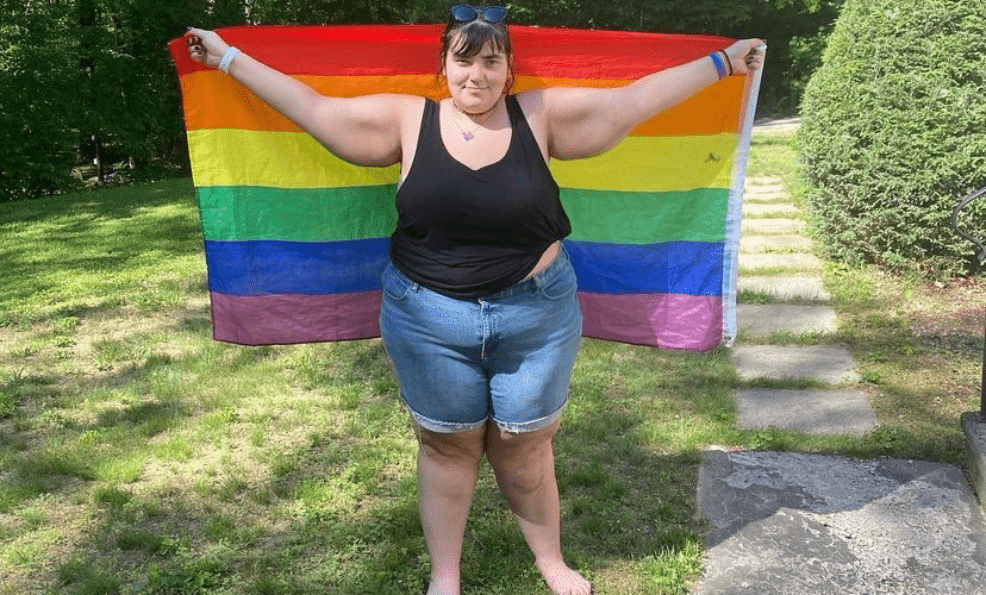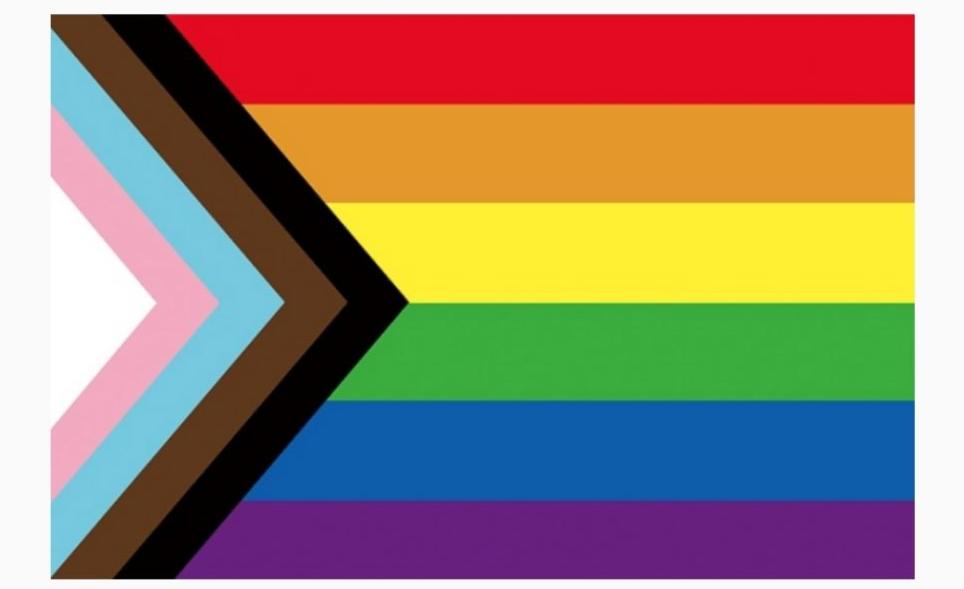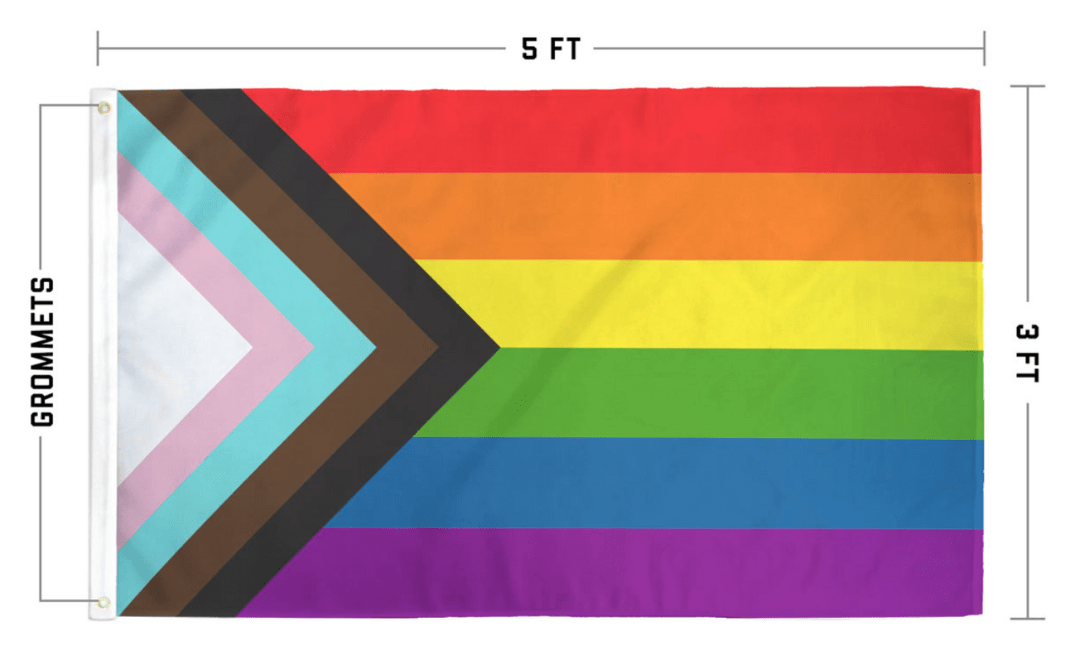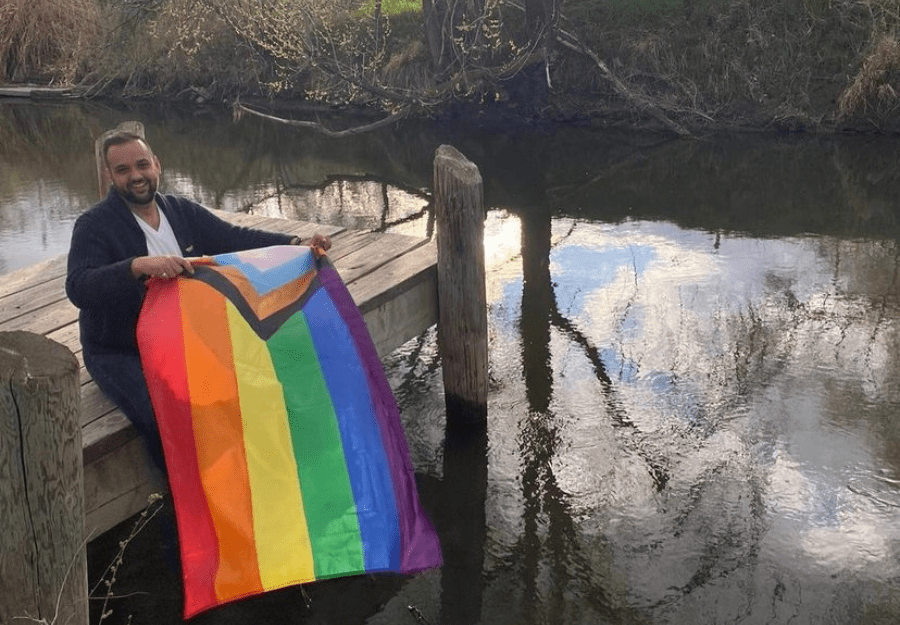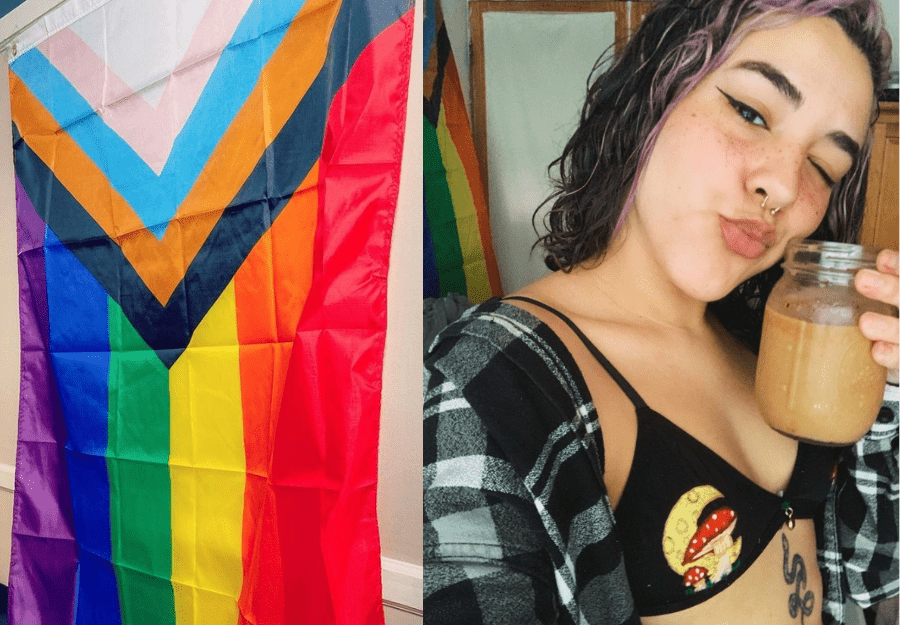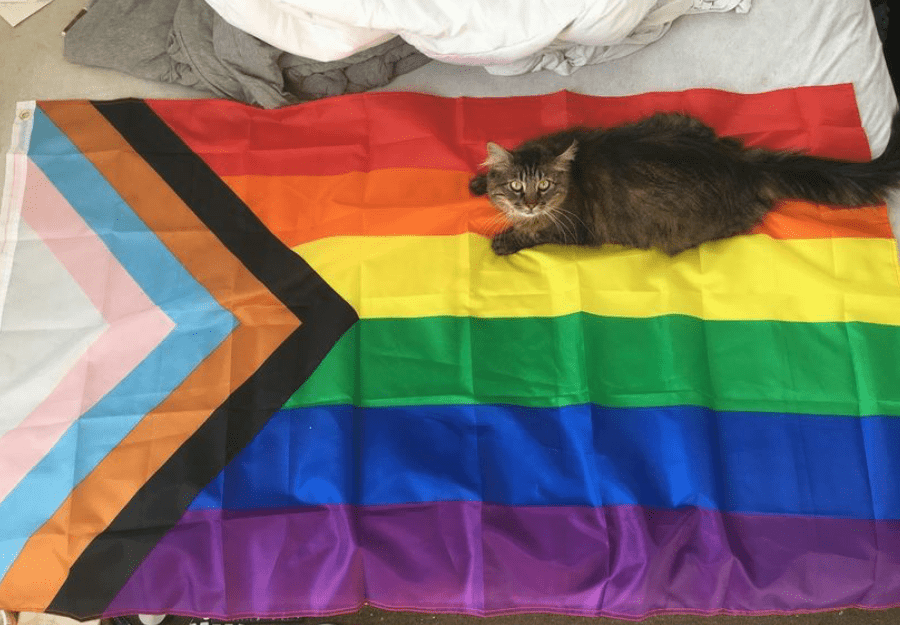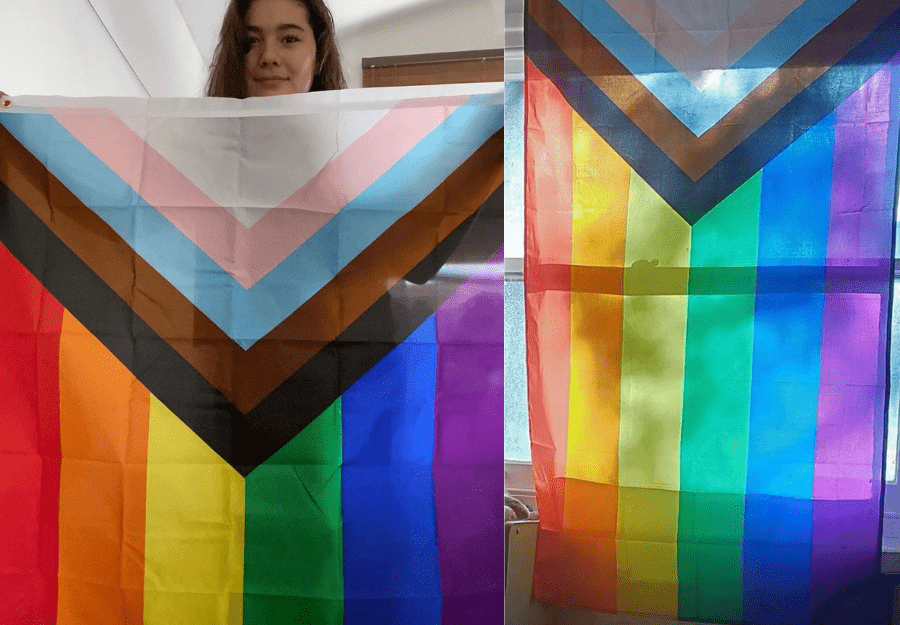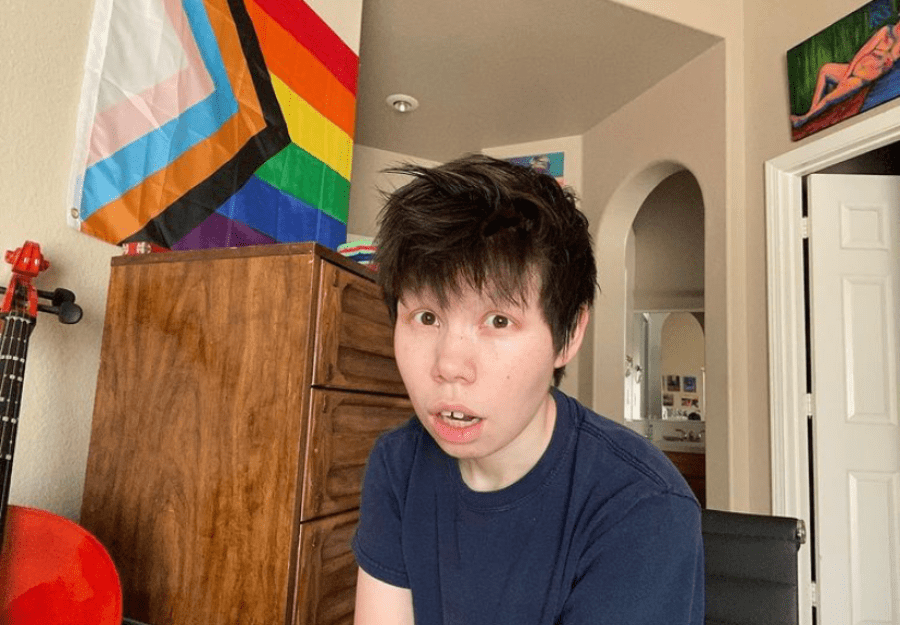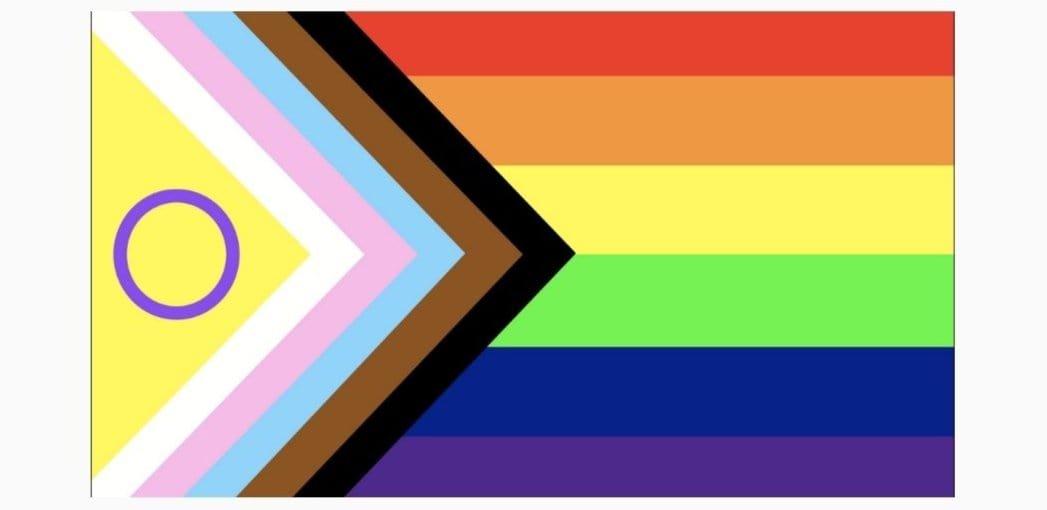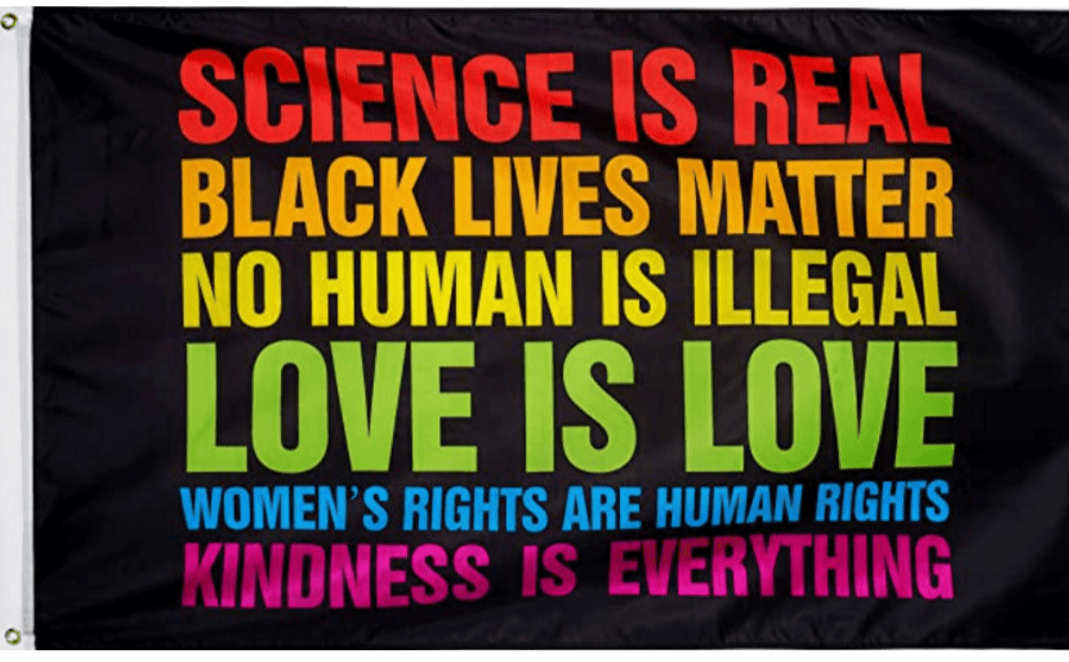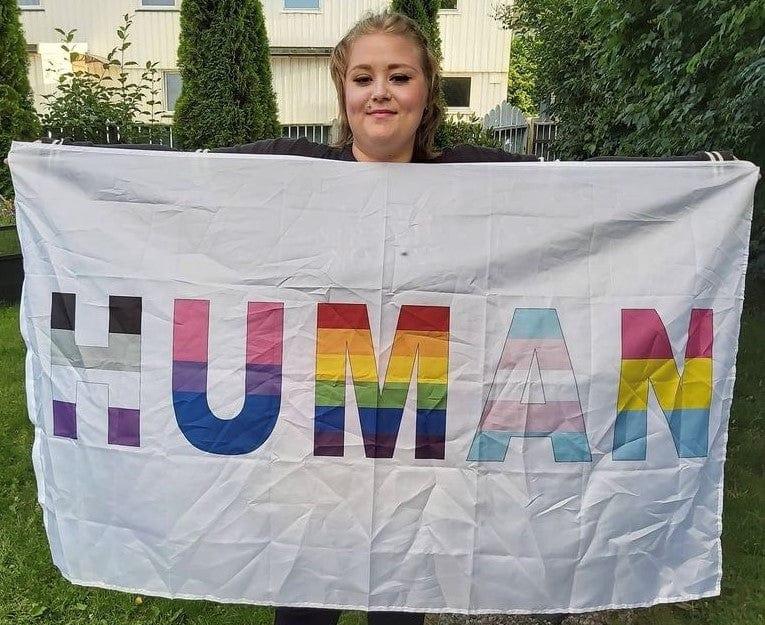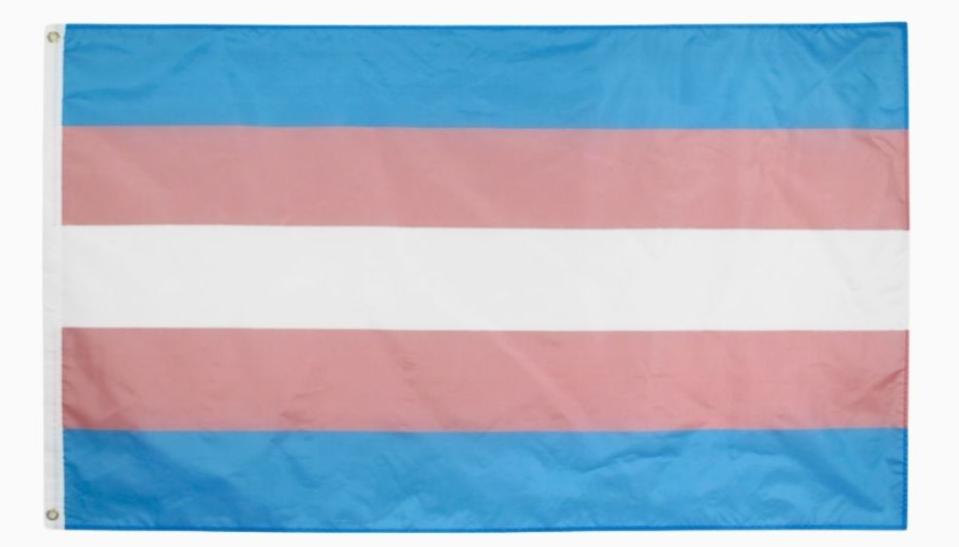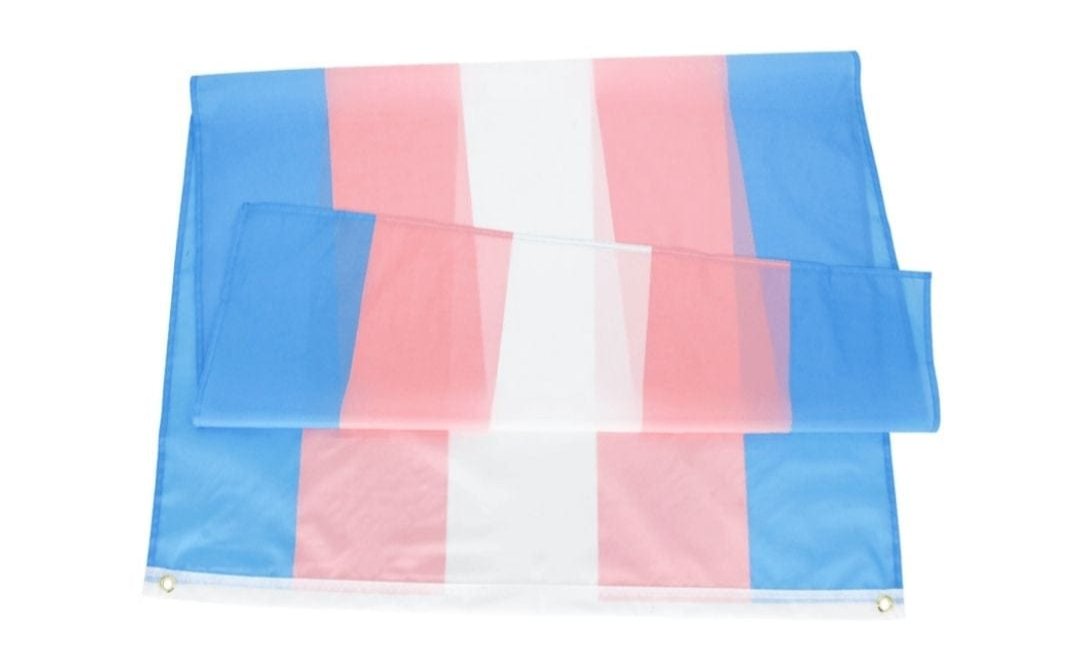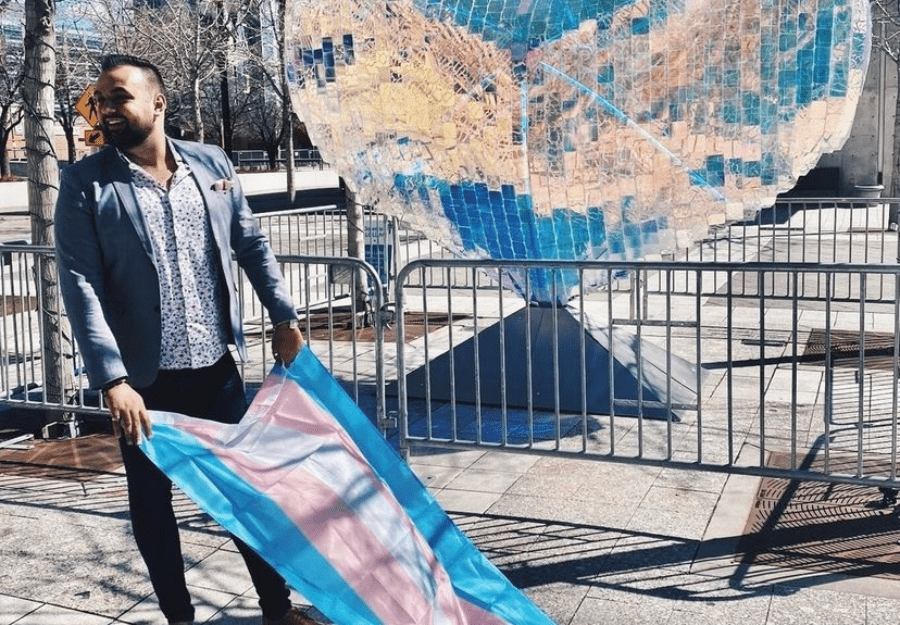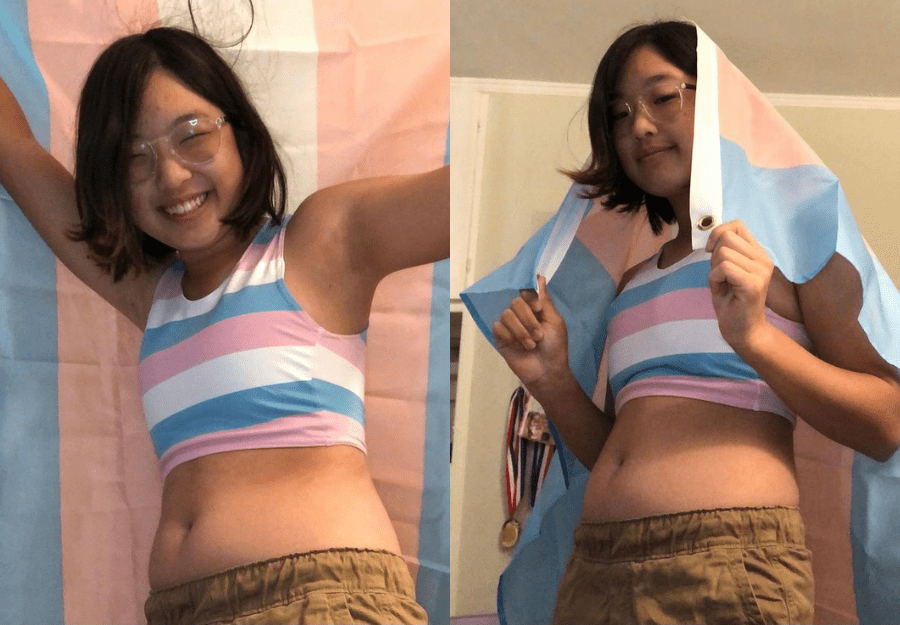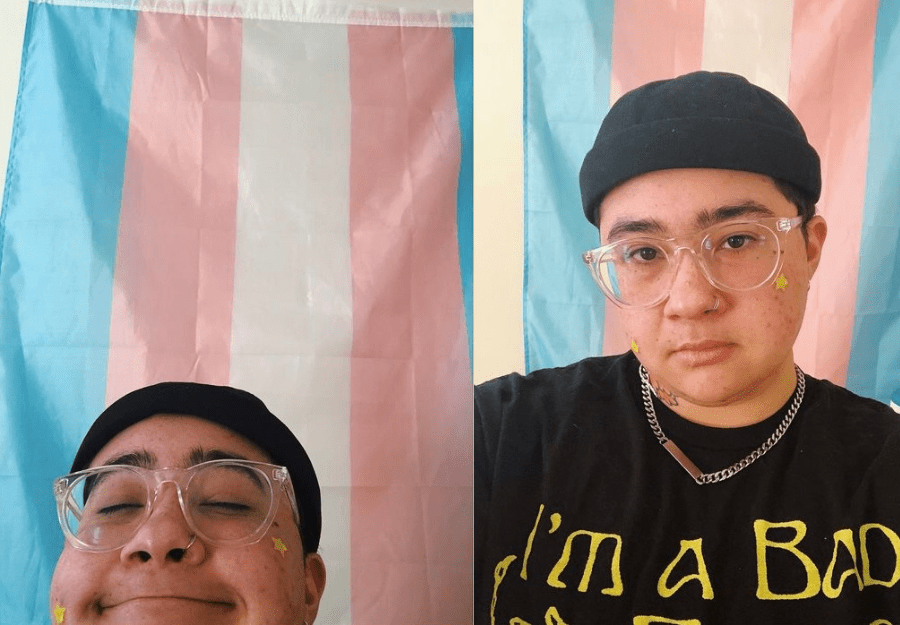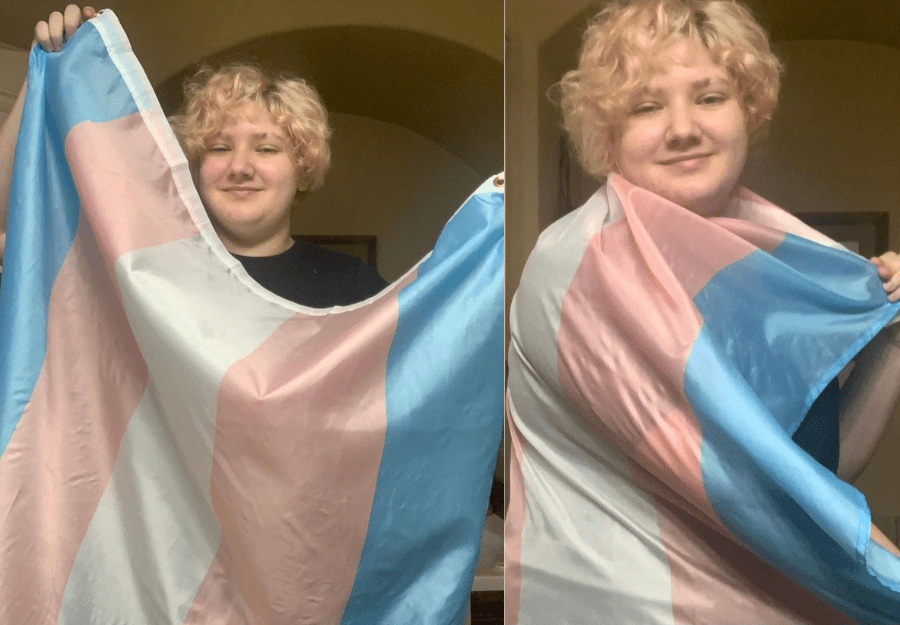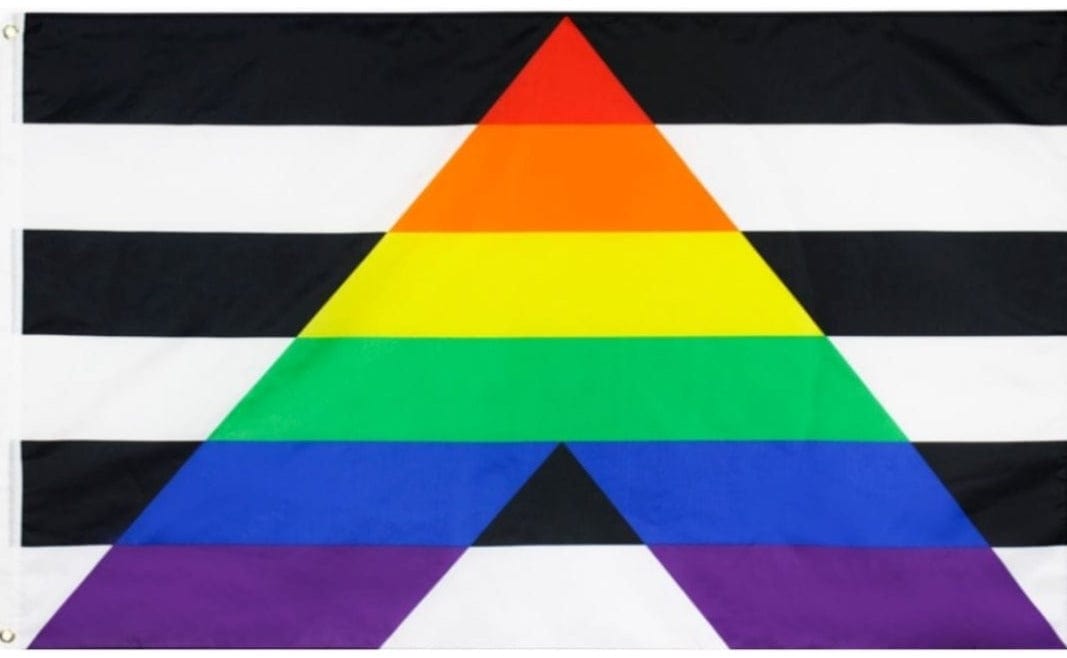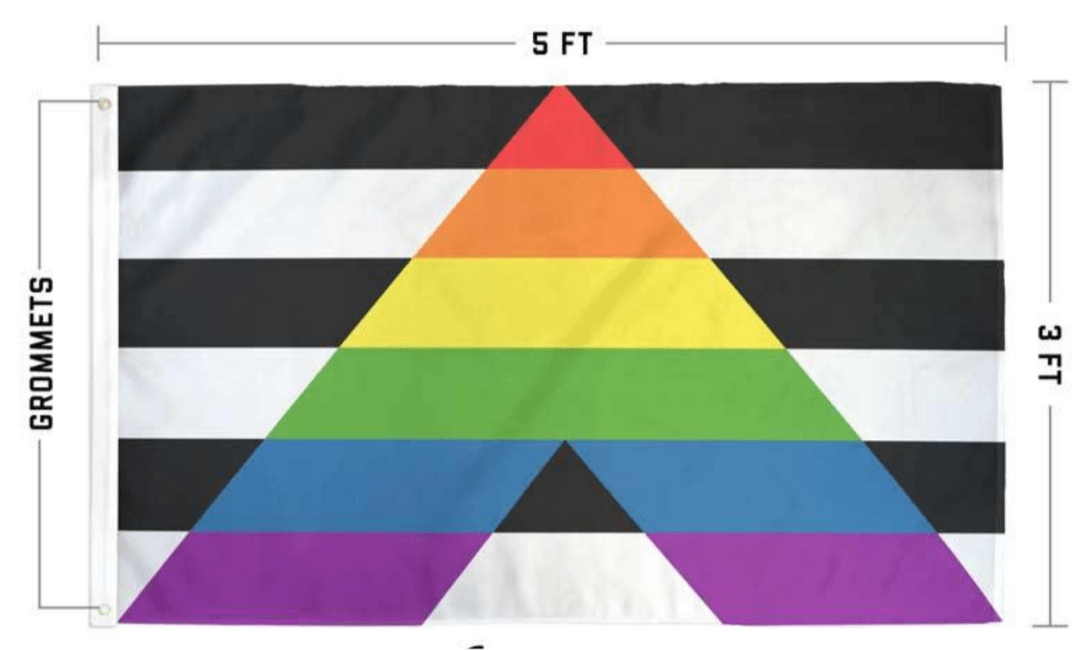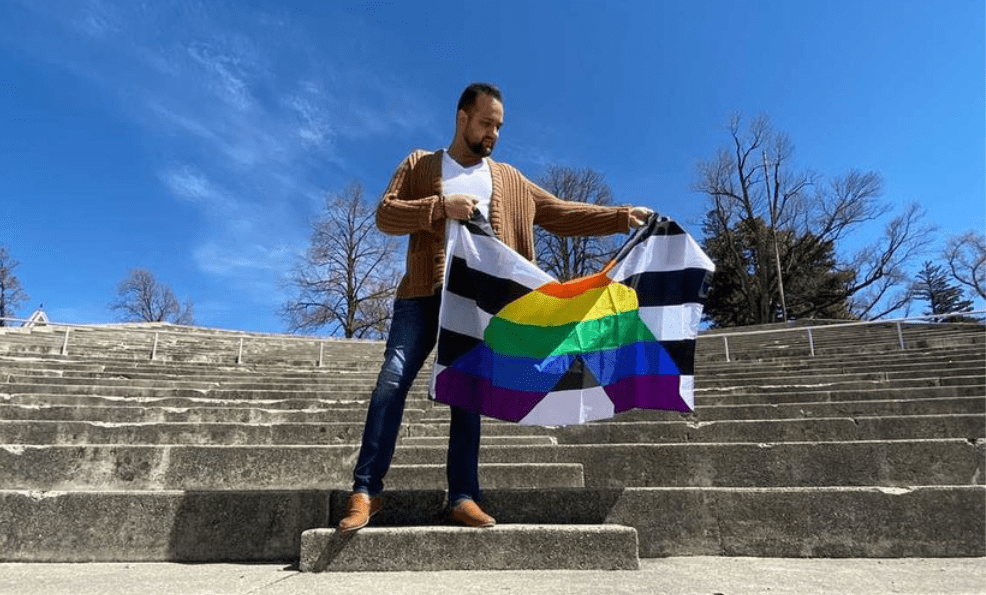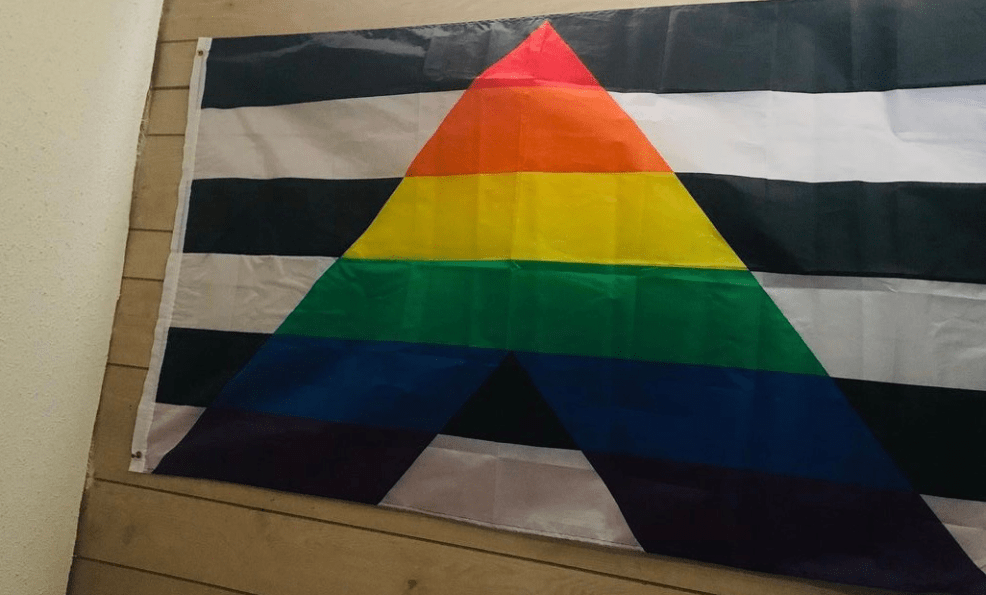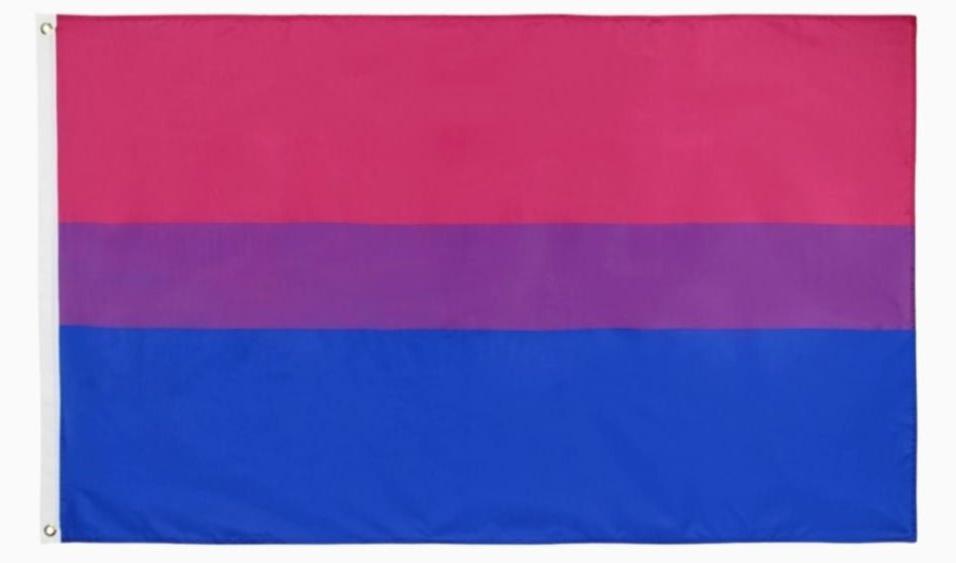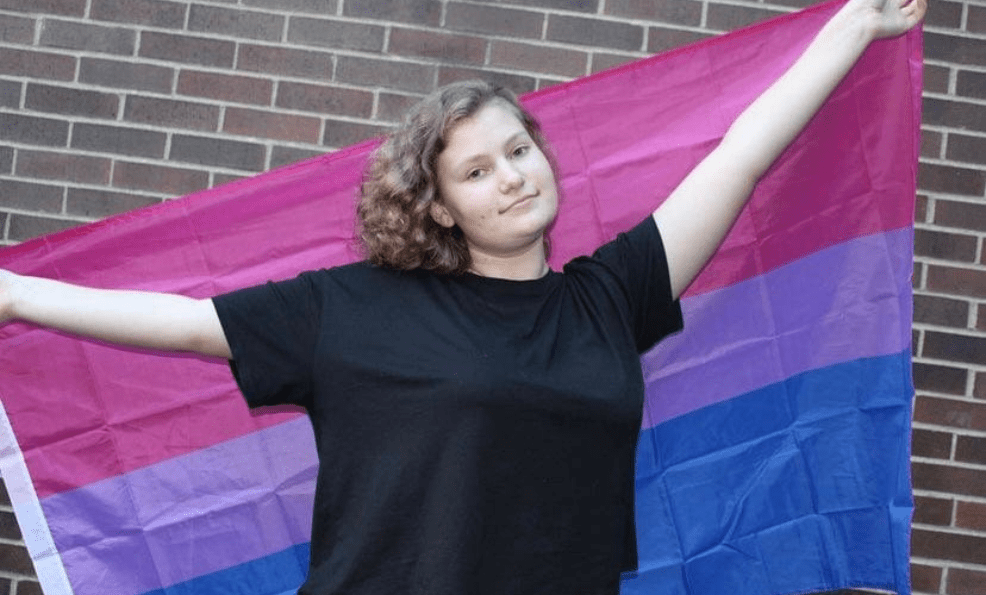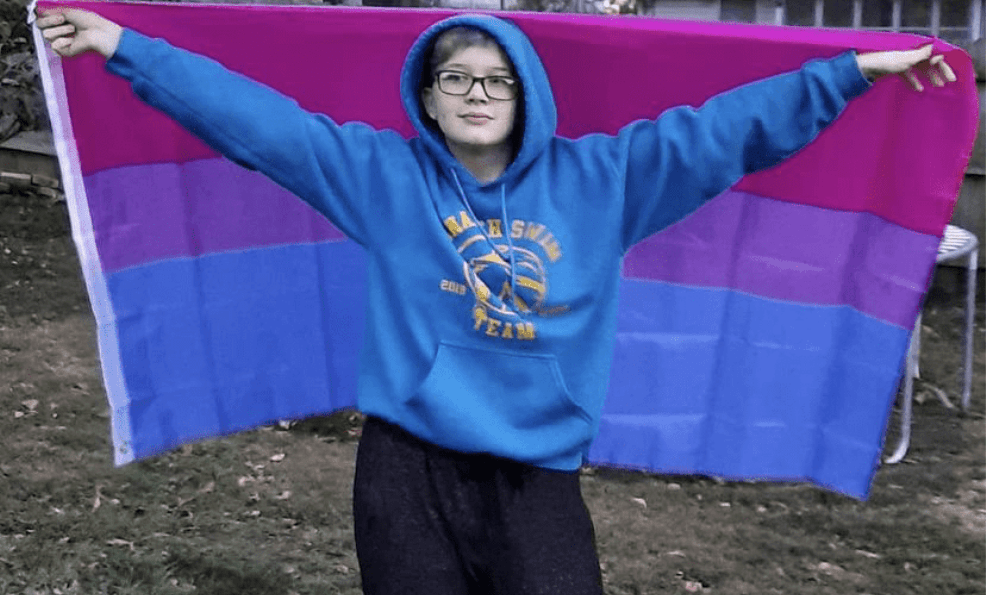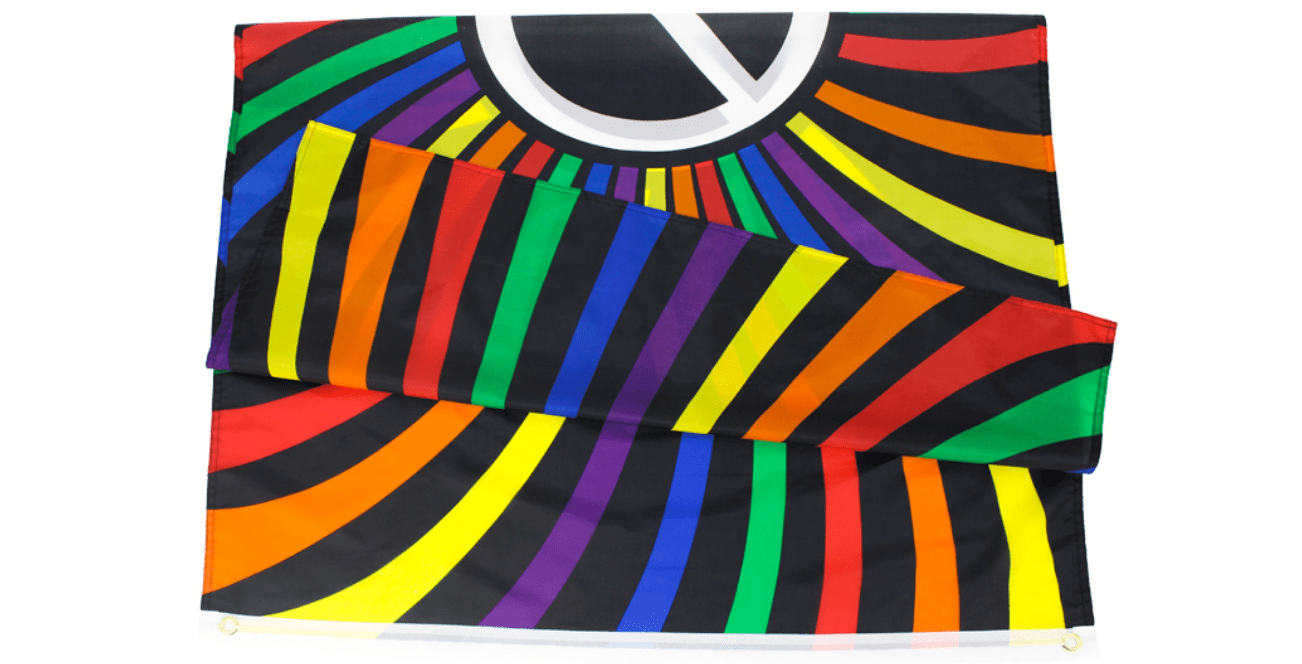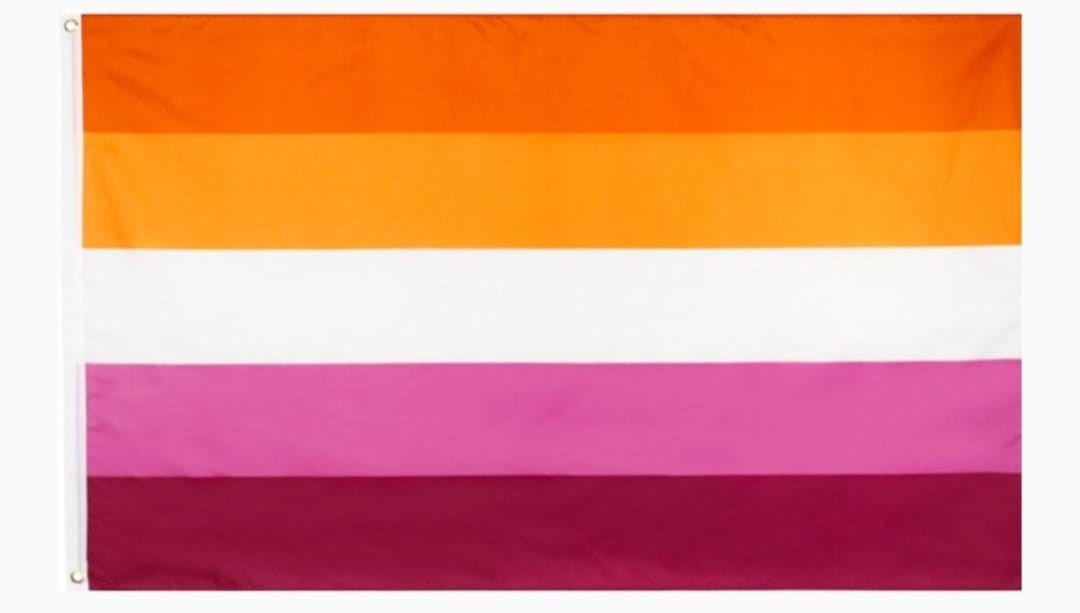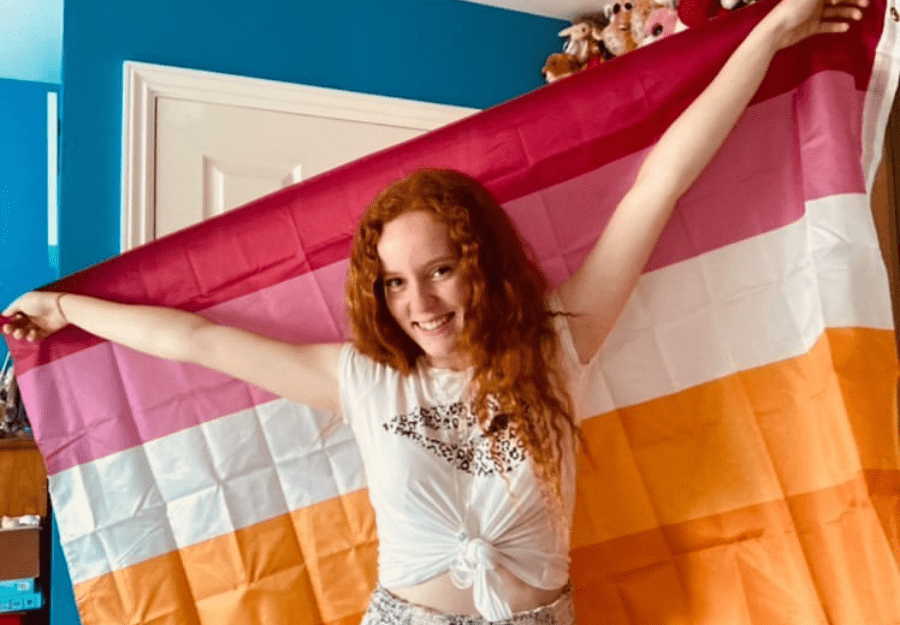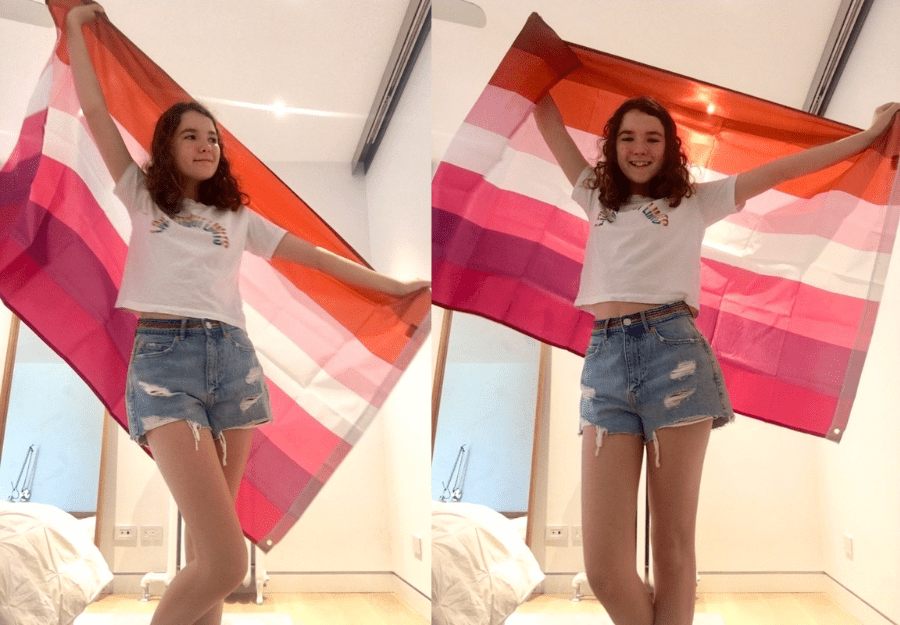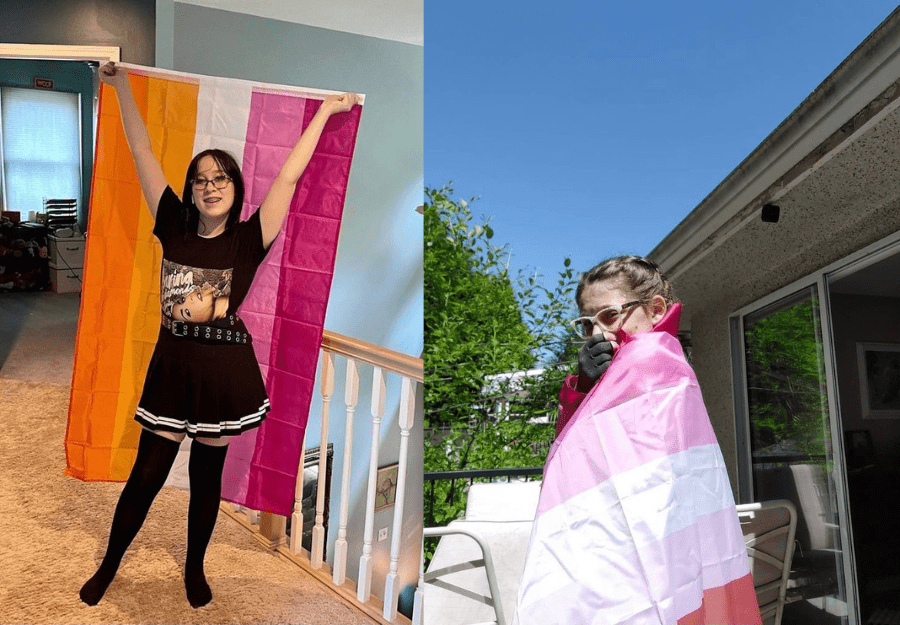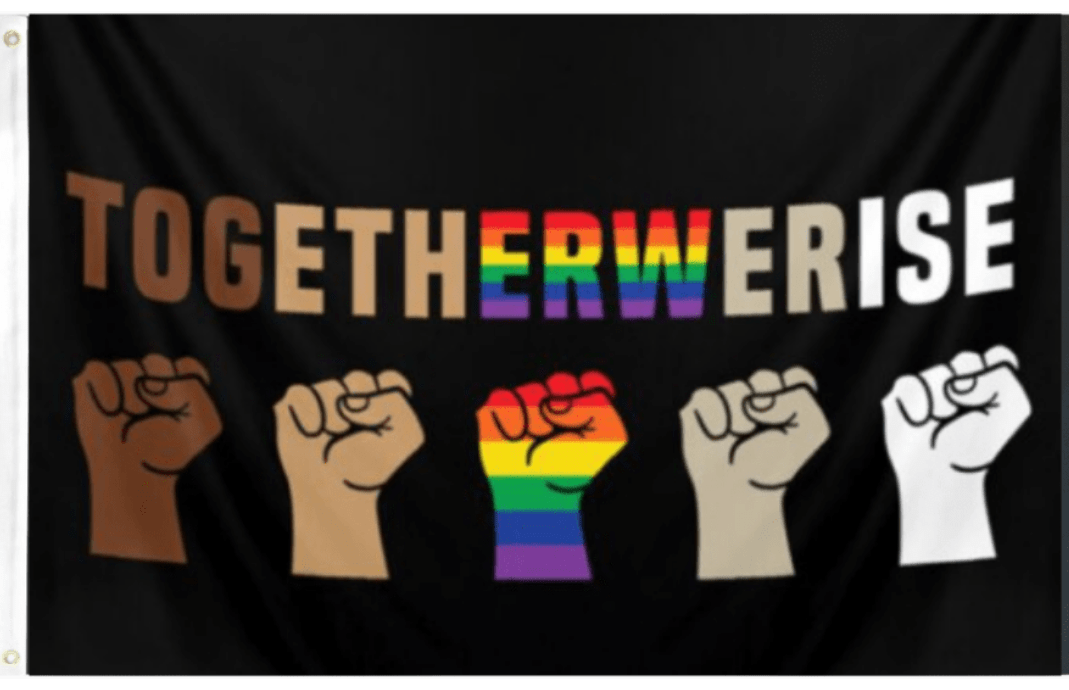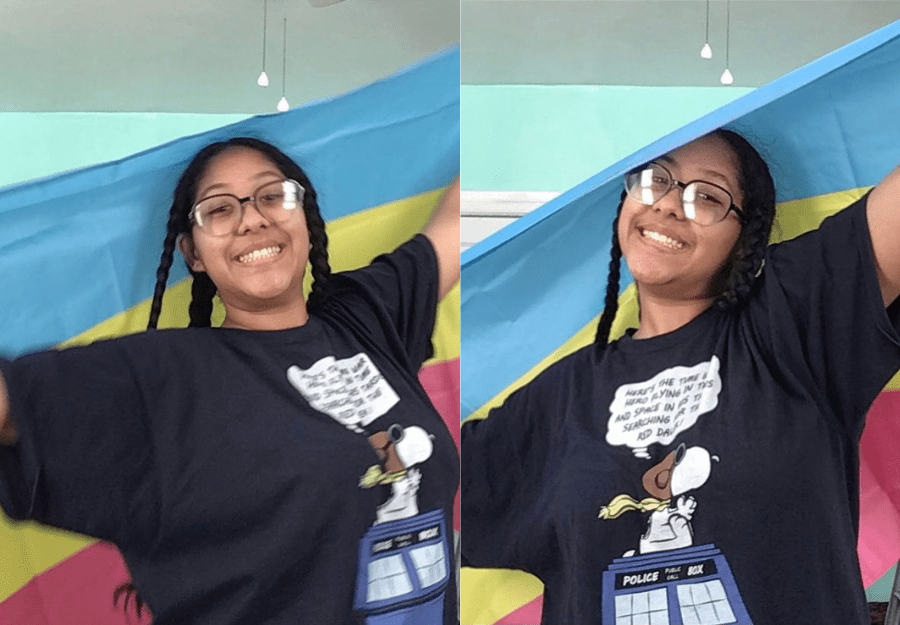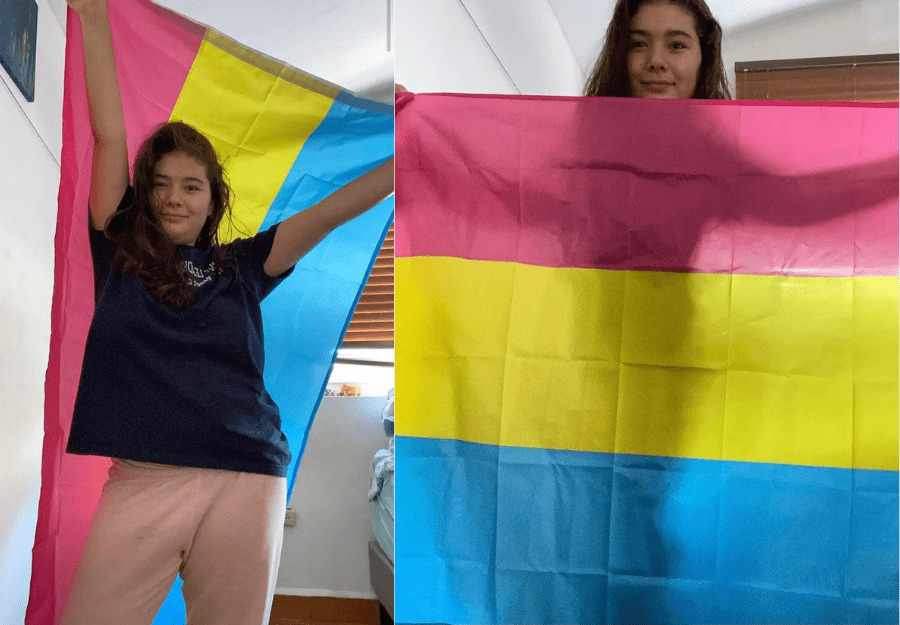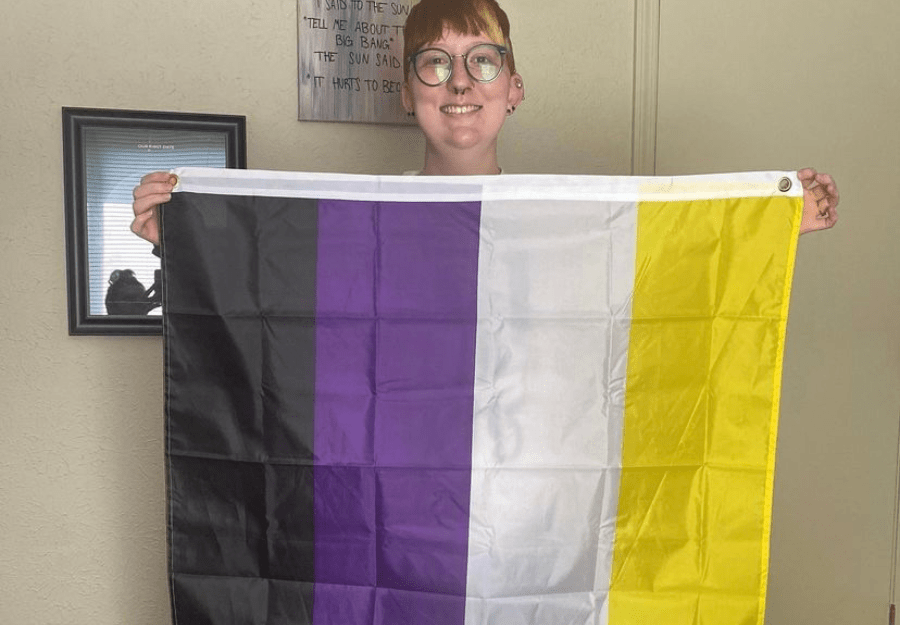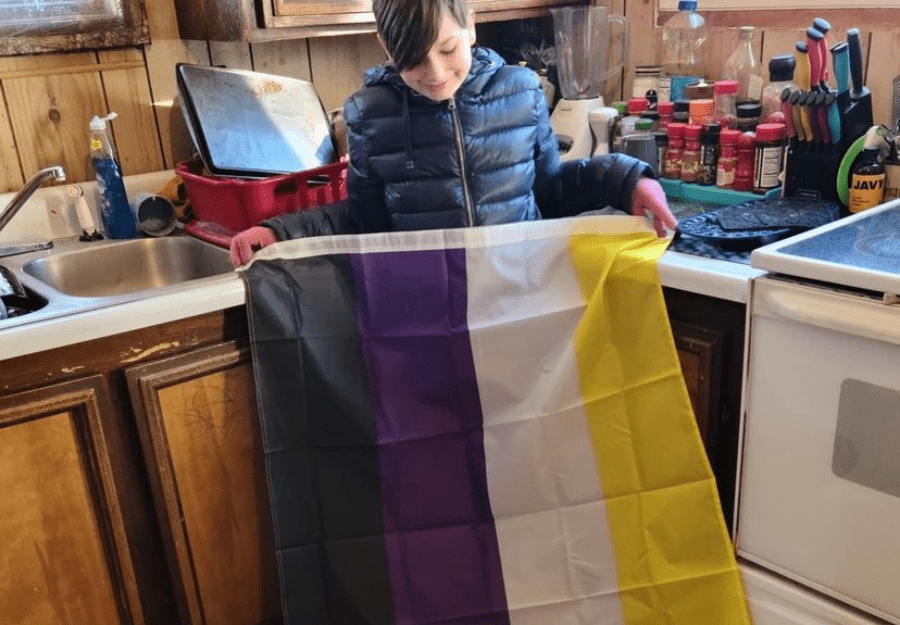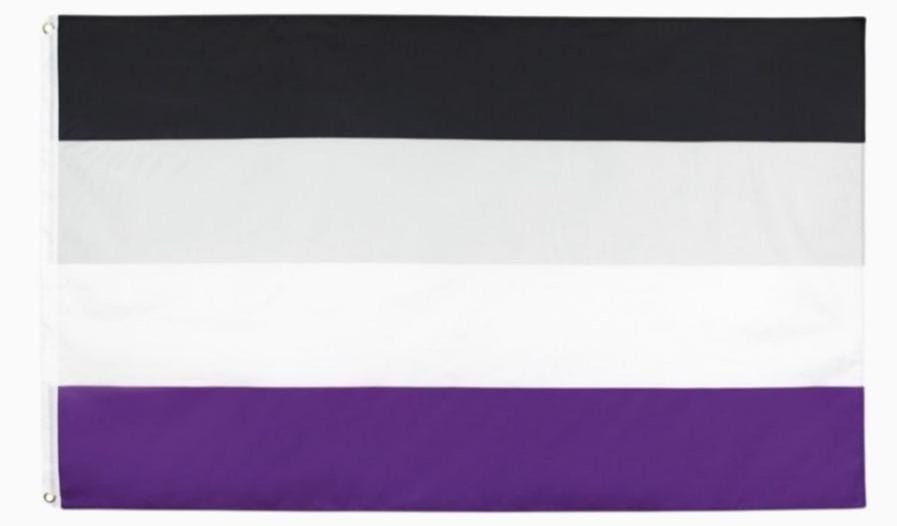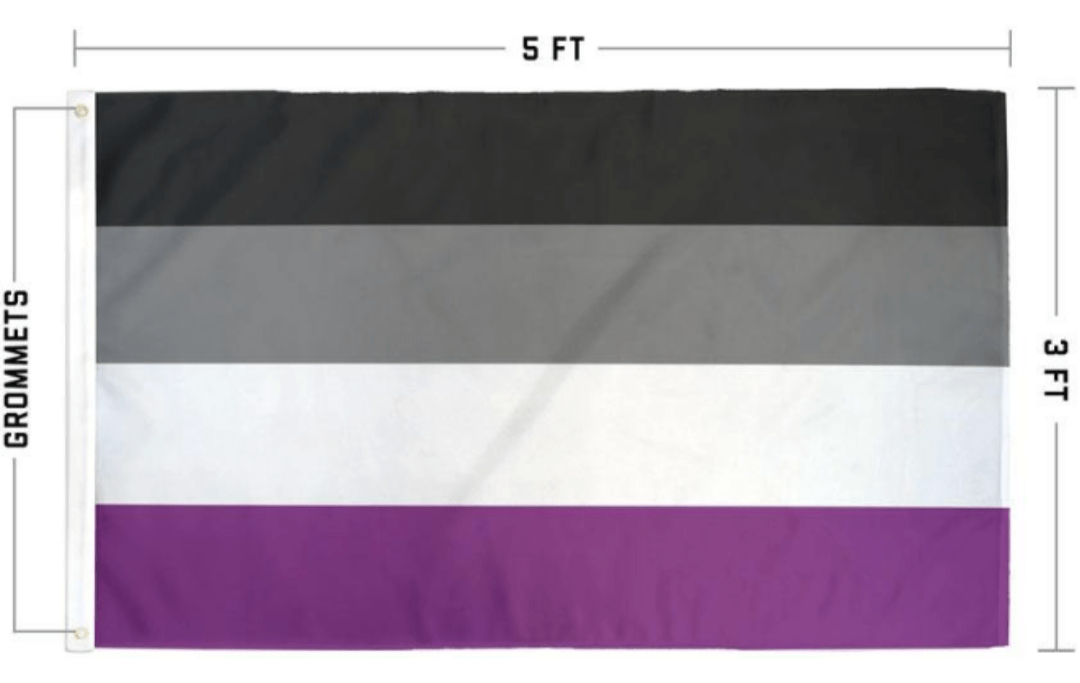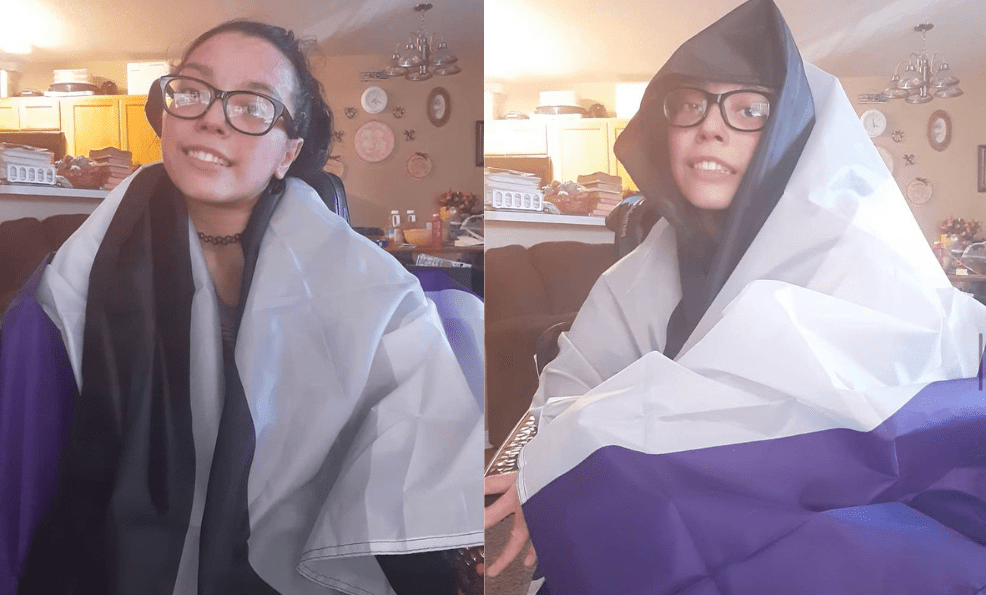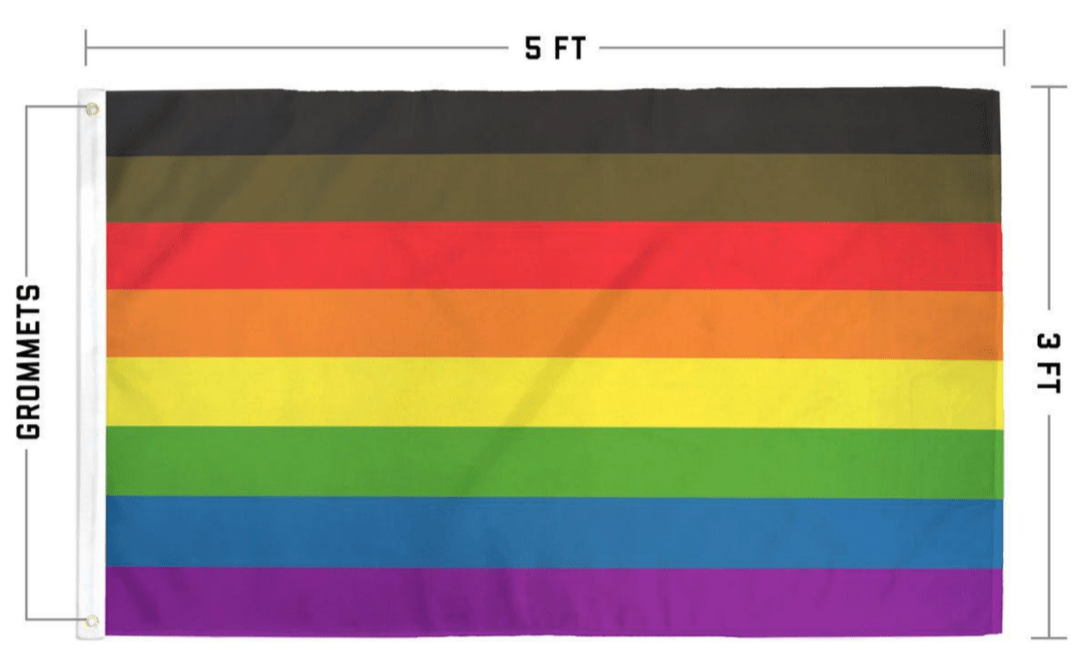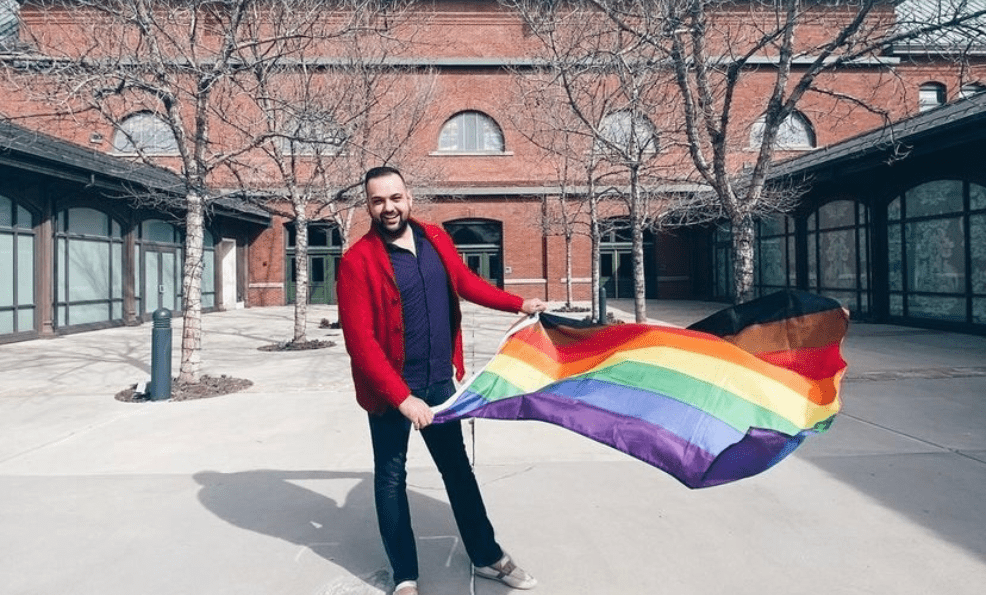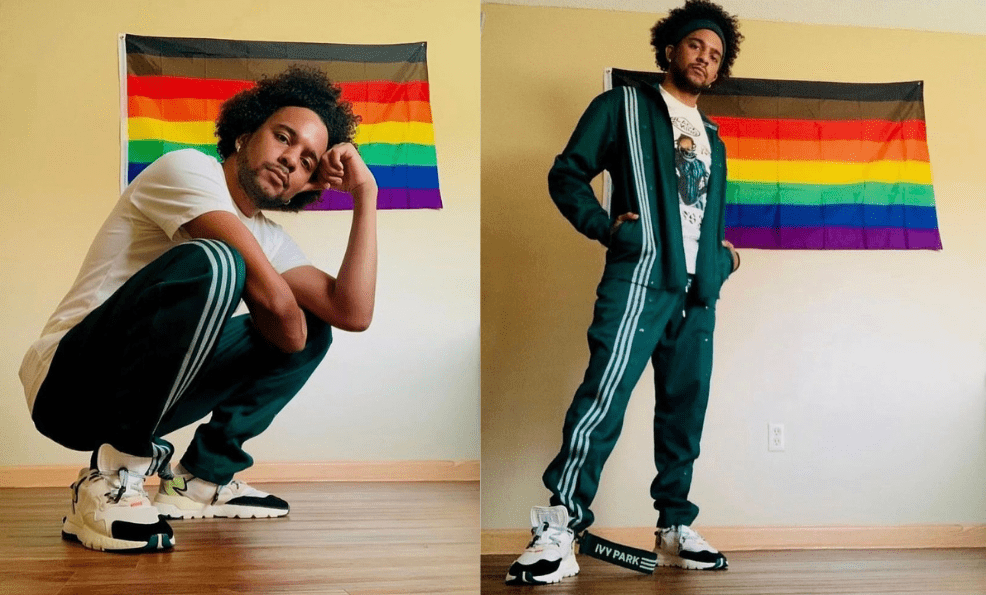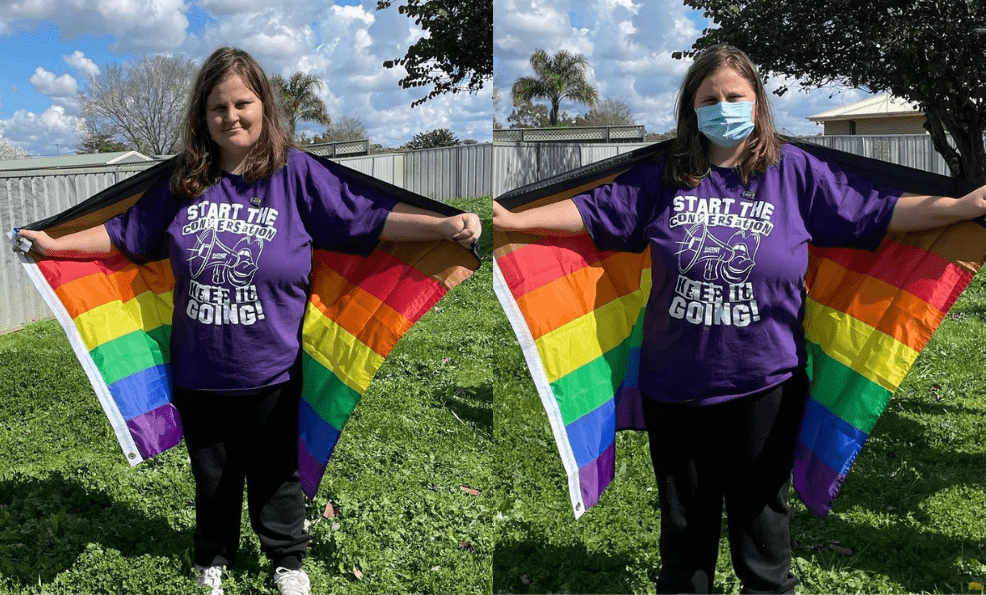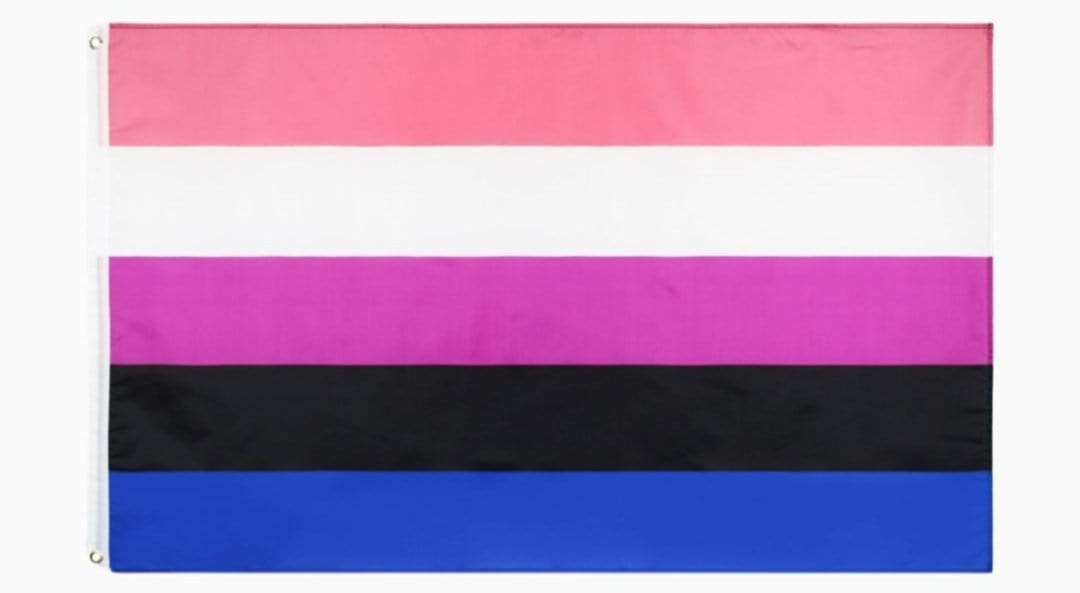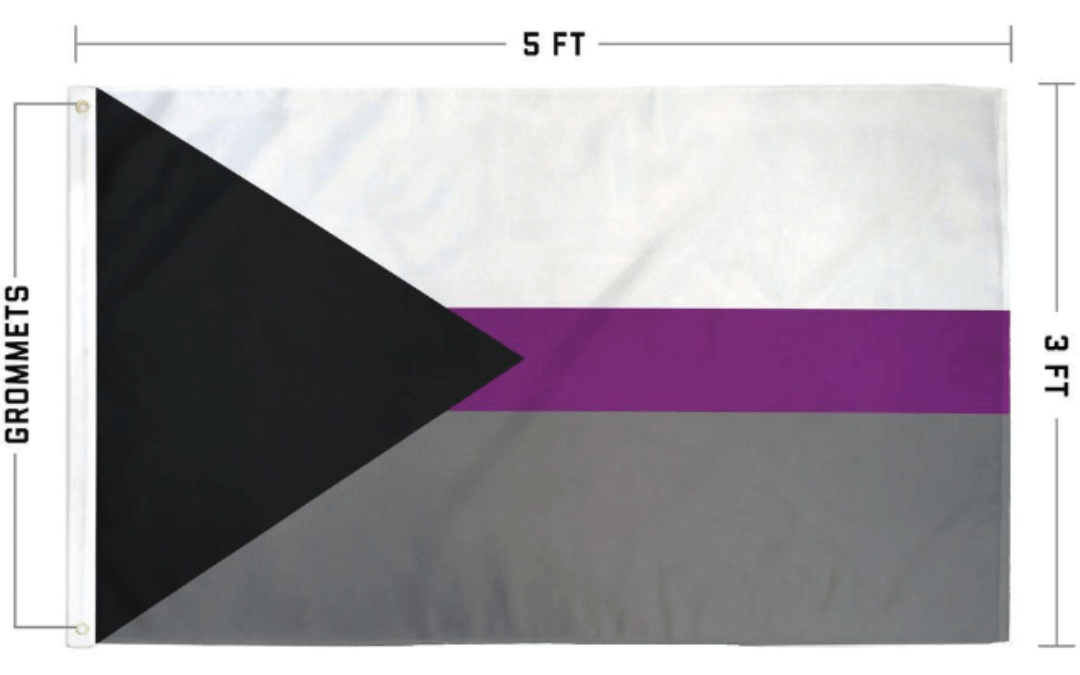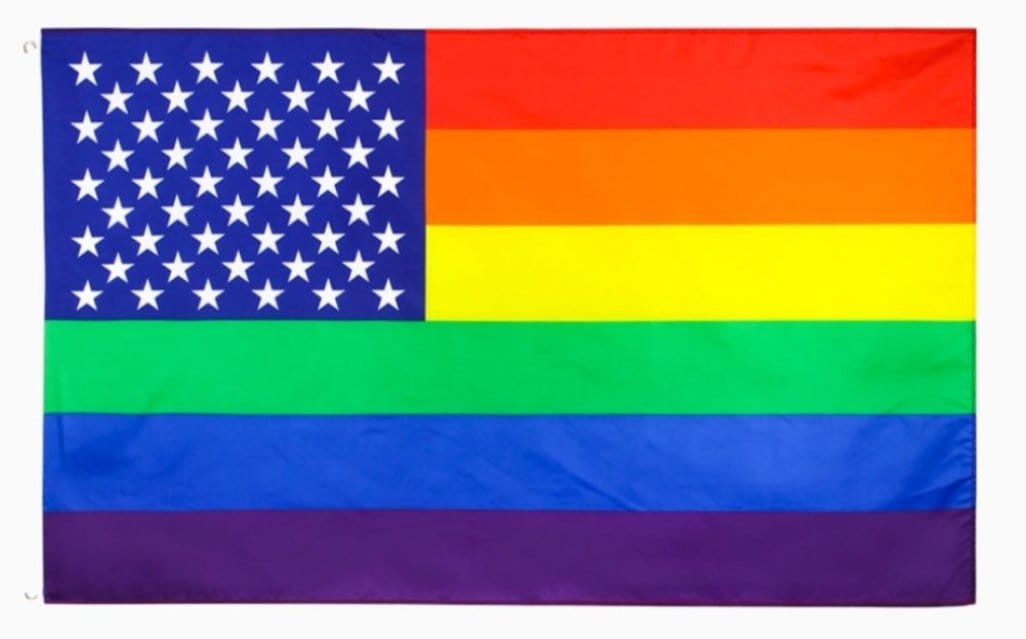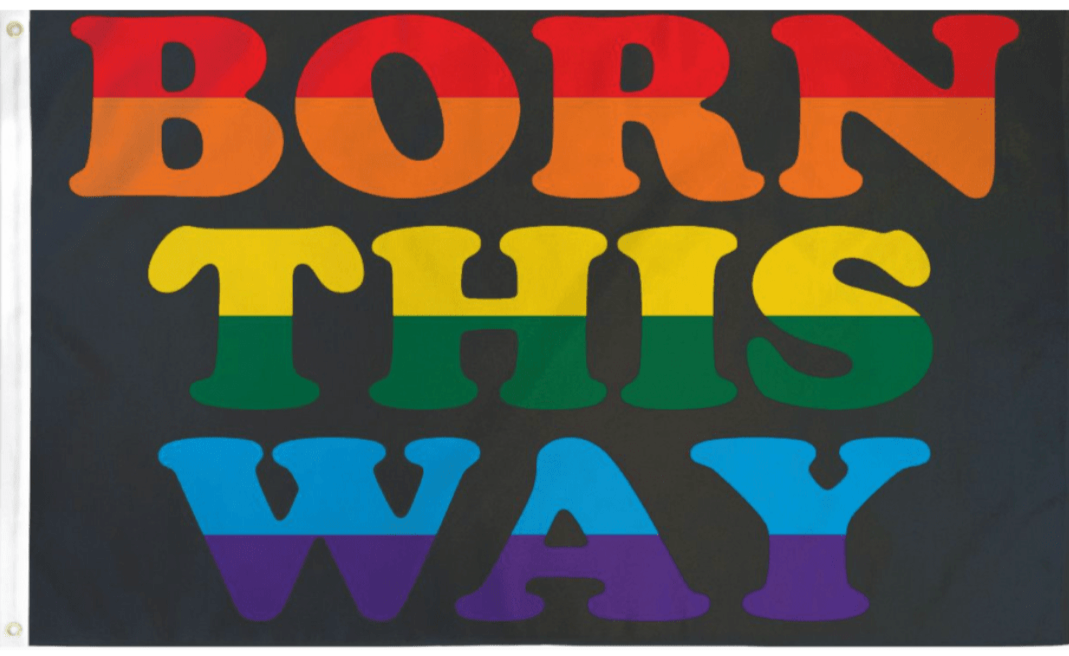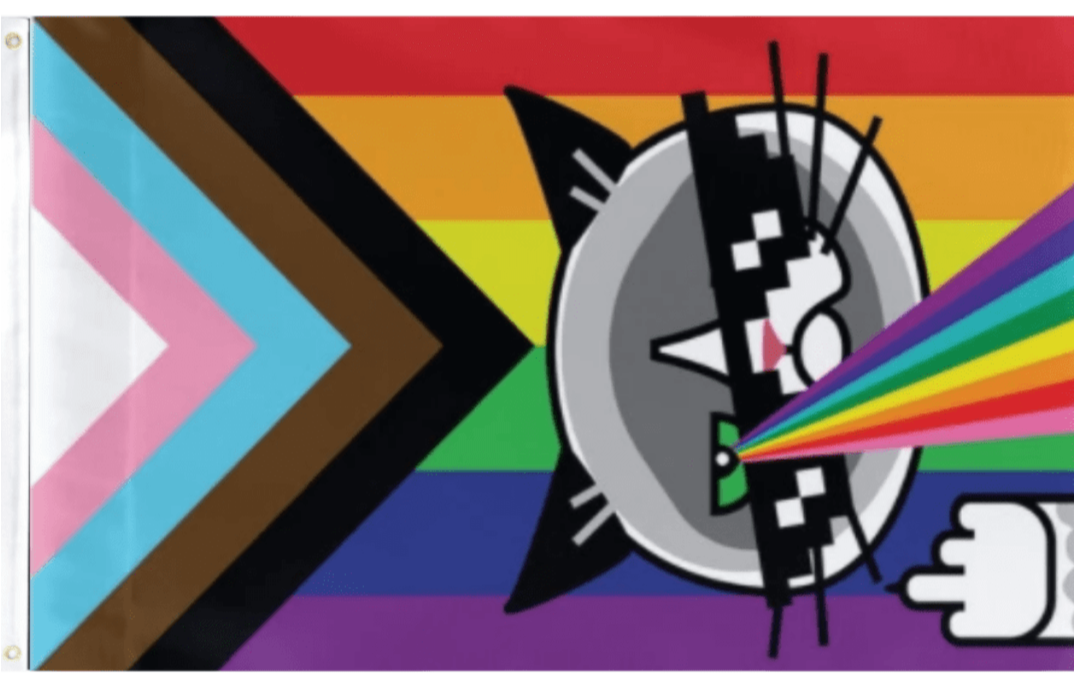What Does Intersex Mean?
When a baby is born, it is assigned biological sex (and gender) based on external sex traits. However, a baby can have “sex organs” with both male and female characteristics — these exist both externally and internally. This is where the term “intersex” comes in. It is, by no means, a “new” term and has been used in the scientific community to categorize individuals that fall somewhere within the binary system of the male and female sex.
Intersex individuals are scientific evidence that sexual and gender identity exists on a spectrum. The binary perspective of sexuality has been depicted as the "norm," but variations occur not just in external anatomy. Intersex variants are present in organs, chromosomes, and hormones, and the wide range of variations does its best to sit neatly under the "intersex" umbrella term.
And what classifies someone as “intersex”? The answer is simply the physical traits of their anatomy (namely, their genitals). These are compared against arbitrary standard measurements, and even these standards are not agreed upon across the scientific community. It is not always apparent at birth whether a person is intersex either.
Puberty can be a factor in revealing intersex traits. When the body begins producing different hormones throughout your lifespan, they can affect your physical appearance. These hormones and even infertility issues are two potential situations that reveal intersex traits later in life — this leads to some intersex individuals not knowing until a medical professional conducts a thorough evaluation.
How Intersex Relates to The Trans and Nonbinary Identity
Let's dive a little deeper into the intersex experience.
Some intersex individuals identify themselves as part of the trans community. This happens when someone assigned as “male” at birth begins displaying more “feminine” features later in life, or vice versa. This may influence them to change their sex or gender identity — and this experience is completely valid! Experiences with infertility may also reveal a deeper understanding of their body, influencing how they feel about their identity.
Due to these changes, some intersex folx may identify as transgender or nonbinary, while some continue with their birth assignment. Nonbinary refers to those who identify their gender as somewhere between or even outside the binary notion. And this does not apply to all intersex folks! Some do not identify as intersex at all and stay within the binary structure.
However, an ongoing issue within the intersex community is gender reconstruction surgery on infants. Keep reading to learn more about the harmful consequences of this surgery.
Intersex Experience: Early Years
Intersex occurs naturally and refers to the genetic and physical variations in humans — and it occurs more often than you'd think! These variations are completely normal, and it is not common for an intersex trait to be a danger to the individual. When it is, reconstructive surgery is a viable option with much success. However, intersex infant reconstructive surgery has become a controversial issue for the intersex community.
When an intersex baby is born, many parents opt for surgery immediately. It is also common for the baby to undergo a hormone regimen to induce the parents’ preferred sex! This happens due to the suggestion of a surgeon or pressure from societal norms. If the surgery is not life-threatening, it’s considered purely cosmetic and tends to be socially motivated. The child is also typically raised as that assigned gender, rather than encouraging them to choose for themselves.
Though the decisions are well-meaning, these harmful processes strip intersex individuals from a major life decision — choosing their sex and gender with their consent. Also, these surgeries have other consequences. Intersex children and adults can suffer psychological trauma and physical pain. It also suggests that something was “wrong” with how they were born. But intersex is natural and a beautiful testament to human diversity.
Common Misconceptions about Intersex
Intersex individuals are not rare! There are millions of intersex individuals across the globe. Some doctors estimate intersex frequency at 1-2 per 1,000 people born, so odds are, you might know someone who is intersex. They look like our siblings, our friends, or coworkers — simply put, they look like people. Here are some common misconceptions:
-
Intersex folx identify as transgender. As previously mentioned, some intersex individuals choose to continue to identify as their birth sex and/or gender. Some may be nonbinary or identify as an orientation under the nonbinary umbrella. The rule of thumb is to listen, ask, respect, and be an ally of the intersex community. Also, not all intersex folks identify as intersex.
- Intersex people look “different”. A common question is, "What do intersex individuals look like?" but this is wildly inappropriate and insensitive. Intersex individuals don't "look" any different than other people do. However, even with that fact, human appearances vary in so many ways! And we should all celebrate our diversity.
There are many variations of intersex traits, and many are internal. A couple of chromosomal variations you might have heard about are Klinefelter’s Syndrome or Turner Syndrome. But even these are not apparent at birth since there are no physical variations that would influence their gender or sex assignment.
Sex, Gender and Society: A Lesson on Semantics
In a nutshell, nature presents biological “sex” on a spectrum — it is humans that create words and terms to introduce order to all of the existing possibilities. When it comes to humans, sexual anatomy varies from person to person, from size, shape, color, and even quantity! These general terms have the purpose of representing everyone, which includes those that do not fit the accepted binary norm.
The term “intersex” is a word defined by humans to bring order within the binary sex parameters — we use boxes and labels to organize it all. But, humans do not always get it right, and these stereotypes harmfully impact so many individuals. By no means are intersex individuals out of the norm — we have a responsibility to understand and accept their experiences and educate ourselves about their struggles.
Similarly, gender roles and stereotypes have changed between generations. Cultures all over the globe have different gender roles as well.
What are the Intersex Colors and Flag?
The Intersex Flag is special and has a unique design! Created in 2013, the flag has a purple circle set against a yellow background. Yellow represents people who do not conform to the binary gender structure, while the purple circle represents being whole and complete.
How You Can Support the Intersex Community
Intersex Awareness Day is celebrated on October 26! Though 2020 put a damper on things, every day is an opportunity to learn more about intersex folx and their unique experiences. If you identify as intersex, a Pride Palace intersex pin can help express your pride in your identity and community. We also offer a safe space for you to share your story and amplify your voice!
Many intersex activist organizations are fighting to raise awareness and advocate for intersex rights. Learning about their mission and goals is a great way to support the intersex community.
Key Takeaways
Every intersex individual has their own unique experience, and it is important to actively create a platform to amplify their stories. Creating safe spaces for intersex to speak and acknowledging their struggles is key in propelling the discussion into the open. This helps them accept how they are, separated from the taboos and stigmas. Intersex folks are beautiful, unique human beings!
Sources:
https://www.plannedparenthood.org/learn/gender-identity/sex-gender-identity/whats-intersex
https://outrightinternational.org/content/flags-lgbtiq-community



